Understanding how to record history is part of the work of a historian. Methods that are used today are not the same as those used in the past. It is vital that a historian is aware of types of recorded history so that important evidence is not missed.
Oral Tradition
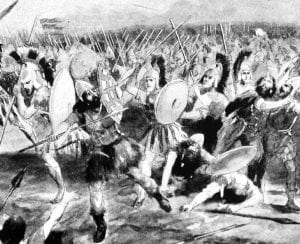
Before the invention of writing, history was not recorded but was passed from generation to generation through oral story-telling. This was a good way of ensuring historical events were not forgotten. Storytellers spoke of events in a manner that provided entertainment.
Throughout history messengers have been used to carry the news of important events from one place to another. One of the most famous messengers appears in Greek legends. The runner Pheidippides ran from Marathon to Athens to carry news of victory in the battle.
It is important to remember that oral stories may not be factually correct. In order to provide a sense of drama some facts may have been exaggerated. When stories are continually retold small details tend to get left out while others are changed or distorted. Anyone who has played the game ‘Chinese whispers’ will know that the original phrase or sentence rarely completes the circle unchanged.
Art
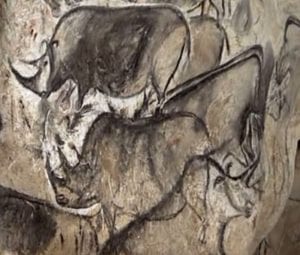
The earliest use of art to record history dates from around 40,000 BCE. Cave paintings can be found all around the World and offer an insight into the lives of our early ancestors.
Artists record history through portraits and landscapes. Portraits record likenesses of people of the past and the clothes they wore, while landscapes show how a place looked in the past.
However, it is often the artefacts that appear in paintings that offer the best evidence of the past. Artists may change a likeness to please a sitter or the features of a landscape for a more pleasing picture, but it is unlikely that they will change incidental features. For example: a portrait may include a bowl of fruit to the side of the sitter. This would show that people of that time ate that type of fruit.
Written Records
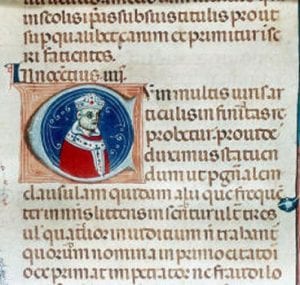
The first form of writing was invented around 3,500 BCE. This meant that it was possible to record details as they happened. Recording history immediately means that it is less likely to be distorted by being transmitted orally.
It should be remembered that written history is an interpretation of events by the author who may have a biased opinion. It may also be the case that the author is seeking to prove a hypothesis and may omit facts that do not support that hypothesis. Journalists make a written account of things that have happened or are newsworthy. Sometimes a newspaper will have a particular political leaning and will seek to promote stories that favour that political party.
Written records of history include: History books, diaries, essays, newspaper reports, magazine articles, personal letters and more.
Photography
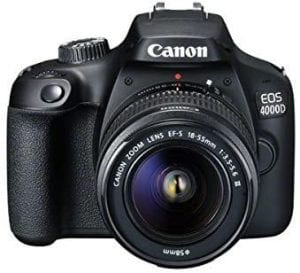
The first photographs were taken in the 1830s by large, cumbersome cameras and needed several hours of exposure to obtain an image of the subject. Over time developments in photography reduced exposure time significantly. Technological changes reduced the size and price of cameras making them affordable for the general public.
With the advent of the digital age, cameras no longer needed film or developing. Images were stored in the camera’s memory and then transferred to a computer for viewing. Today’s smartphones have sophisticated cameras enabling people to instantly make a photographic representation of anything in front of them.
It is said that ‘a camera never lies’. Indeed, a photograph does provide an immediate image of the subject. Before the digital revolution of the 1990s, a photograph could always be considered a true representation of the subject pictured. Nowadays that is not the case. Software advances mean that photographs can be easily altered to show whatever the photographer wishes it to show.
Digital image libraries are important sources for anyone studying the past.
Audio Recording
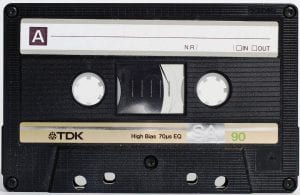
The phonograph was invented in the late 19th century as a means to record sound for playback at a later time. Sounds were recorded onto discs which could then be replayed over and over. These discs became known as records and were the preferred choice for recording music until the 1980s.
Reel to reel tape recorders were used to record sounds, particularly radio broadcasts and spoken word from the late 1940s. The development of magnetic tape led to the invention of the audio cassette in 1962. This made recording and playback portable and easily accessible by everyone. The invention of the Compact Disc (CD) in 1965 soon became the preferred choice for sound recording. By the 1980s the CD was the preferred choice for popular music.
An audio recording is an accurate recording of sounds, speech or music. However, nowadays software programs can be used to alter or change digital sound.
Video Recording
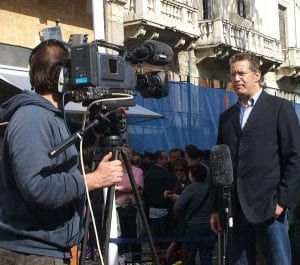
A video recording combines moving images and sound and was first used to make moving pictures for the cinema and television. It makes an accurate visual and aural representation of events that are filmed.
Television reporters are often filmed at the scene of an important event recording events as they unfold. The live streaming of events offers the most reliable form of history since it is viewed in real time. Nowadays, smartphones have inbuilt video recorders. This means that events are often recorded by people who are at the scene of an event before TV crews arrive.
It should be remembered that recorded video can be changed by removing footage that is unwanted or selecting the footage most relevant for the viewer.
Citation Information:
Heather Y Wheeler. (2020). How to Record History. Available: https://www.historykeyskills.com/how-to-record-history/. Last accessed June 18th, 2025
